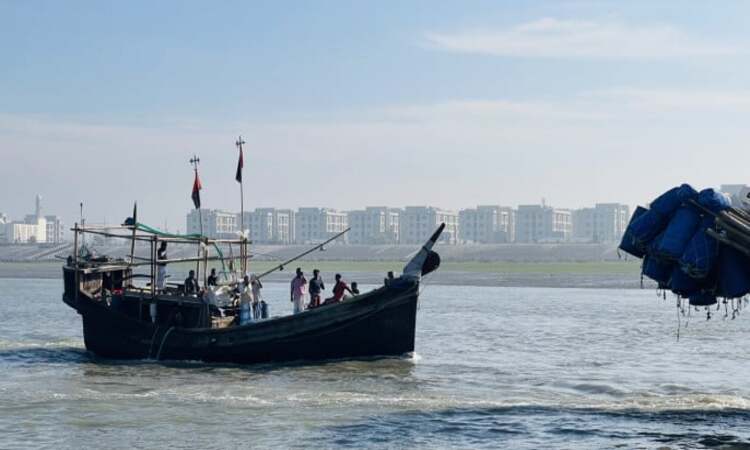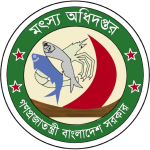In July 2015, the government’s 65-day marine fishing ban entered its final weeks, continuing to test
enforcement capacity, inter-agency coordination, and the resilience of Bangladesh’s coastal communities.
Implemented across the entire Bay of Bengal coastline, the ban—running from 20 May to 23 July—aimed to
protect breeding grounds and allow fish stocks to replenish during the critical spawning season.
While the conservation objective was widely accepted among environmentalists, enforcing the restriction on
over 66,000 registered fishing boats proved to be a difficult task. Reports from coastal districts such as
Chittagong, Cox’s Bazar, Patuakhali, Bhola, and Barguna revealed sporadic cases of illegal fishing,
particularly at night or in remote estuarine areas where monitoring vessels had limited reach. Local enforcement
teams, comprising the Bangladesh Navy, Coast Guard, and Department of Fisheries, conducted joint patrols
and seized several trawlers operating in restricted waters.
Despite these operations, government officials acknowledged that some degree of unauthorized fishing
persisted, often driven by economic desperation. Many small-scale fishers had exhausted their savings, and
delays in receiving relief under the government’s Vulnerable Group Feeding (VGF) program worsened their
situation. Some households reportedly received less aid than promised, prompting protests and appeals for fairer
distribution.
The Department of Fisheries noted that ensuring compliance required both strong enforcement and social
support. In many cases, local fisheries officers collaborated with community leaders and fishers’ cooperatives to
raise awareness about the long-term benefits of the ban. Training sessions and village meetings emphasized that
temporary restrictions could lead to higher catches and better income once fish populations recovered.
Market impacts were also visible in July. With marine catches halted, prices of popular species such as hilsa,
pomfret, and snapper increased sharply in local markets. Processors and exporters faced limited raw material
supplies, causing short-term disruptions in cold storage operations and seafood exports. However, many
industry experts viewed these temporary challenges as necessary sacrifices for rebuilding the country’s depleted
marine resources.
Environmental organizations and academic institutions continued to monitor the effects of the ban. Preliminary
observations suggested improvements in spawning activity and juvenile fish presence in several coastal zones.
These findings strengthened the argument for maintaining seasonal closures as a permanent feature of
Bangladesh’s fisheries management policy.
By the end of July, as preparations began for reopening the fishing season, authorities reviewed lessons from
the 2015 closure—acknowledging both its ecological importance and the need for improved social safety nets
for small-scale fishers. The enforcement phase underscored that successful conservation requires not only
government regulation but also cooperation, trust, and community participation.
Source link:
(Compiled from multiple national media and fisheries reports, July 2015 — Dhaka Tribune, The Daily Star,
ICSF updates)

















